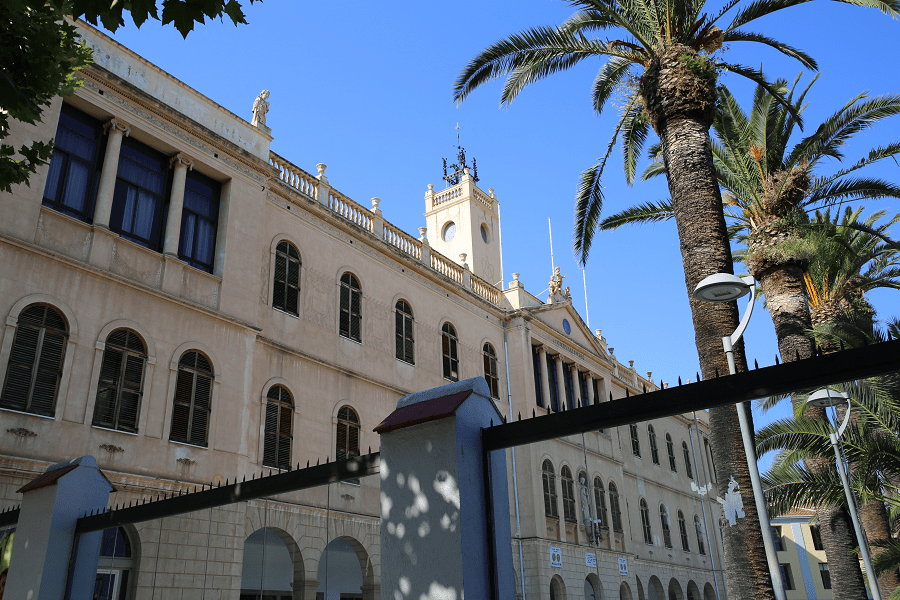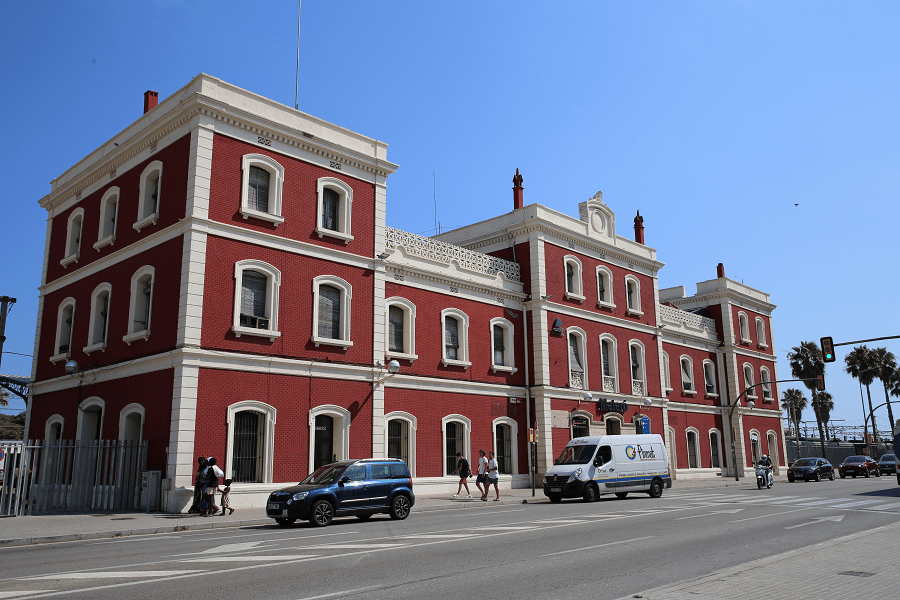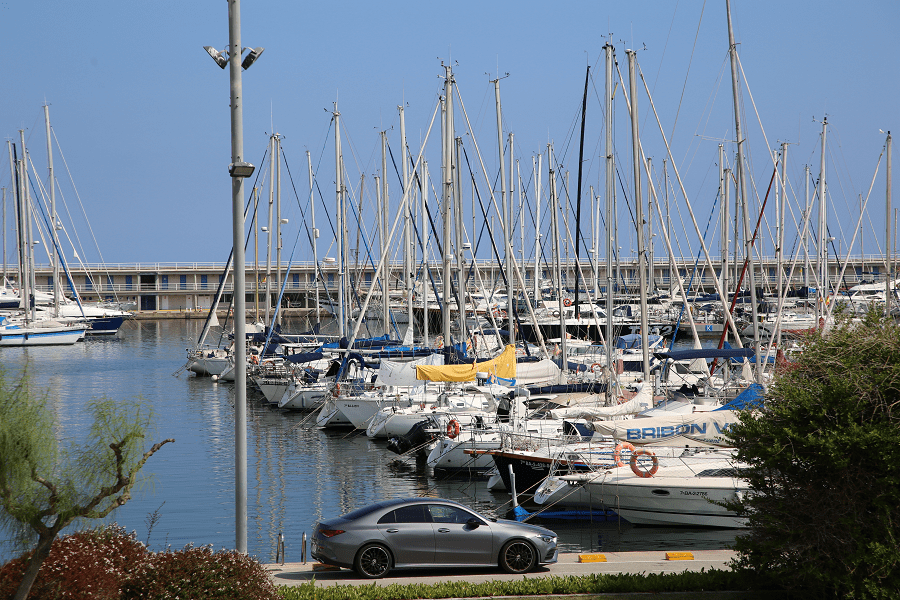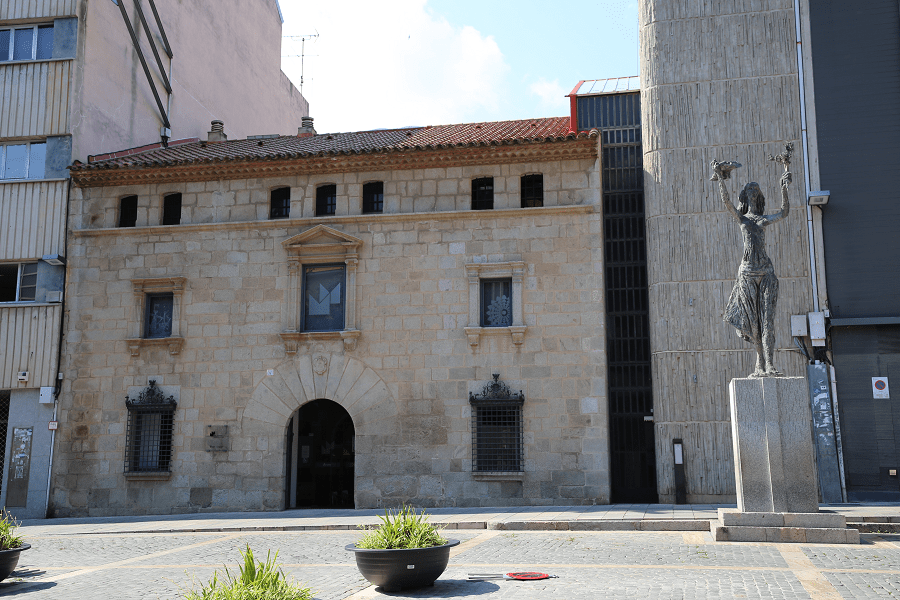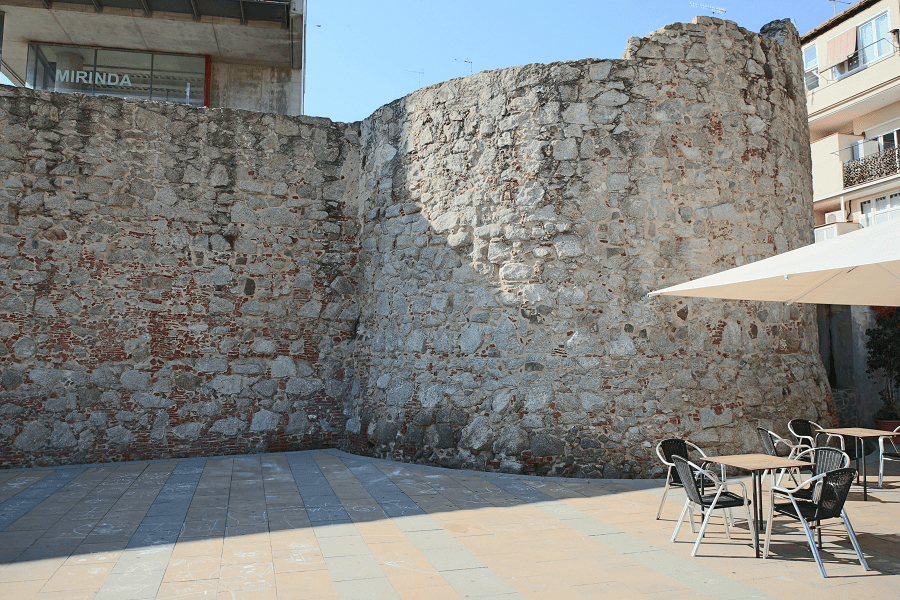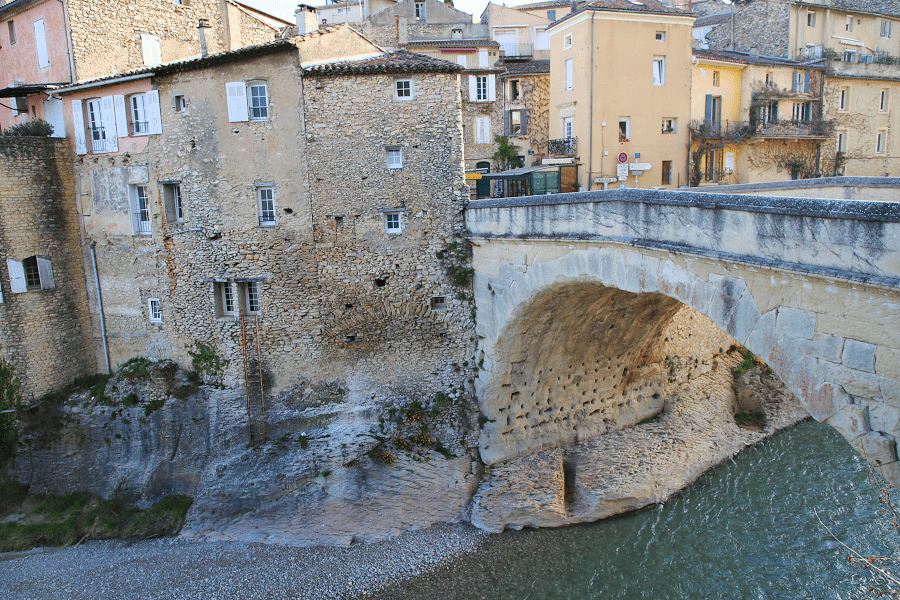Mataró (cat. Mataró) is the capital and largest town (resort) of the comarca of the Maresme, in the province of Barcelona, Catalonia, Spain.
It’s a popular part of the Costa del Maresme of the Mediterranean resorts of Spain.
It is located to the south of Costa Brava, 30 kilometres north-east of Barcelona.
History
The city of Mataró has its origins in Roman times, when Iluro village was founded. Numerous archaeological remains of the Roman village have been found, especially in the old part of the city, where the foundations of Roman houses and sewer areas have been discovered. The oldest Roman road documented epigraphically on the peninsula is the one that connected the villages of Iluro and Ausa, built between 120 BC and 110 BC. In the Pla d’en Boet district, the remains of the Torre Llauder Villa, from the end of the 1st century BC, which was outside the walls of the ancient Iluro, are preserved.
The continued aspiration to get rid of feudal authority in the sixteenth century created a permanent defense of the town for the safety of its inhabitants. In 1480 King Ferdinand the Catholic granted the privilege of joining the Crown for good, which also represented the definitive formation of the municipality of Mataró. During the sixteenth century, the wall was completed.
In the sixteenth century, Mataró was a small town built around the church of Santa Maria and the Plaça Gran. Its progressive economic and demographic growth made necessary and at the same time possible the construction of a second wall and the incorporation of new urban spaces.
The Walls of Mataró built between 1569 and 1600 were designed by the royal engineer Jorge de Setara. Sections of the wall can currently be seen in Carrer Muralla dels Genovesos (recently restored), in Carrer Muralla D’en Titus and above the Camí Ral. There are also the remains of a wall tower in the courtyard of a private building on Hospital Street. The walling project of the town lasted more than thirty years due to the economic shortage and the disputes on the drawn up one of this one.
The wall had seven portals and accesses, the most prominent being that of Barcelona (now Carrer Barcelona with Plaça Santa Anna), of which the coats of arms of the principality, Mataró and Barcelona are reproduced. The original coats of arms currently appear on the cell dedicated to San Sebastián. From the Valldeix portal you can still see the silhouette at the crossroads between La Coma and Sant Francesc d’Assís streets. The other portals were those of Argentona, Cabrera, Sant Josep, Sant Feliu, Pou de la Sínia and Penya d’en Roig or Portalet.
The industrialization of the city began in 1839, when the first steam engine was installed to power a textile factory. From that moment on, the textile sector, with an old artisanal tradition, was at the center of economic activity.
The capital of the Maresme experienced great industrial growth, which led to the arrival of thousands of immigrants. This arrival of immigrants became especially evident during the ‘60s and ‘70s, when tens of thousands of immigrants from Murcia, Andalusia and Extremadura (mainly), settled on the outskirts of Mataró, creating the neighborhoods of Cerdanyola, Cirera, Rocafonda and La Llàntia, among others. These neighborhoods were often far from the city center, as newcomers did not have enough money to be able to settle in the city center.
These new neighborhoods experienced very precarious situations, since the Mataro City Council did not pay any attention to them, and the inhabitants of the neighborhoods enjoyed a very precarious economic situation. During the 1960s, neighborhood associations appeared to improve the living conditions of their inhabitants and to demand the help of public institutions.
With the restoration of democracy, it was possible to improve the city’s infrastructures and achieve the connection between the different neighborhoods, with the approval of the General Ordinance Plan of 1977, and its revision, in 1993, projecting the Via Europa, an axis perpendicular to the coast, which connected the suburbs, previously far from each other, and also from the city center.
During the 1992 Summer Olympics in Barcelona, Mataró was the starting point for the marathon events.
Tourism, architecture and places of interest
Some of the most important cultural centers in the city are:
- Ateneu de la Fundació Iluro
- Ca l’Arenas. Centre d’Art del Museu de Mataró
- Can Marfà. Museu del Gènere de Punt
- Clos arqueològic de Torre Llauder, vil·la romana del segle i aC
- Museu de Mataró
- Museu Arxiu de Santa Maria de Mataró
- Nau Gaudí, seu de la col·lecció d’art contemporani català de Lluís Bassat
Outstanding architectural works
Due to being the birthplace of several important architects who were members of the main artistic movements of the late nineteenth and early twentieth centuries, Mataró has a large number of buildings of high artistic and architectural interest, including we can cite the following:
- Antiga Clínica l’Aliança, rationalist building by Eduard Ferrés i Puig (20th century)
- Cafè del Mar, historicist work by Lluís Gallifa (1926)
- Ca l’Arenas, historicist building by Emili Cabanyes (1899)
- Can Masjuan, modern style villa by Jordi Capell i Casaramona (mid 20th century)
- Can Palauet, stately building with Gothic elements of the c. XV and facade of the c. XVII
- Can Serra, current headquarters of the Museum of Mataró, manor house of the c. XVI
- Casa Coll i Regàs, modernist building by Puig i Cadafalch (1898)
- City Hall, original building by Jaume Vendrell (1635) renovated in neoclassical style by Miguel Garriga i Roca (1867)
- Valldemia School, a neoclassical building from the 19th century by the architect Jeroni Boada and renovated and enlarged by Josep Goday i Casals
- Fideueria la Confianza, modernist building of Puig i Cadafalch (1896)
- The old municipal slaughterhouse of Mataró, modernist building of Melcior de Palau (1909-1915)
- La Peixateria, neoclassical building by Miquel Garriga i Roca (1841)
- Plaça de Cuba Market, rationalist building by Lluís Gallifa and Miquel Brullet (1936)
- El Tren Market, modernist building by Emili Cabanyes i Puig i Cadafalch (1891-1893)
- Nau Gaudí, the first building built by Antoni Gaudí (1878)
- Mataró Prison, historicist building by Elies Rogent (1851)
- Sant Josep Residence, Noucentista building with modernist elements by Emili Cabanyes (1912)
Beaches
Mataró beaches that have been awarded “Q” for tourism quality certification, ideal for a lovely swim. There are four main beaches:
- Playa Del Varador, public beach, optimal for kids;
- Platja de Sant Simó, public beach, optimal for kids;
- Playa del Callao, public beach, optimal for kids;
- Cala Castell de Mata, public beach, rocky.
Cuisine, food and restaurants
There are more than 5 restaurants of a fairly high quality in the city. Prices are cheaper than in Barcelona or main resorts of Costa Brava. Mostly located within the borders of the Old Town and beaches.
Shopping
Shopping in Mataró is not a priority on the tourist program. Only on weekends city bazaars and fairs, which traditionally take place on weekends or on some public holidays in the main square, can be of tourist interest. At the fairs, in particular, you can come across exclusive products grown in the region. Among them are some well-known wine and cheese brands in Spain.
How to get to?
Shortest distances to the main Catalan cities and resorts
From Balaguer: 1 h 55 min (174 km) via A-2
From Begur: 1 h 14 min (100 km) via C-32
From Figueres: 1 h 18 min (125 km) via AP-7
From Girona: 1 h (73.1 km) via C-32
From Suria: 1 h 10 min (96.2 km) via C-16
From Tarragona: 1 h 25 min (137 km) via AP-7
From Madrid 6 hr 24 min (650 km) via AP-2 and A-2
From Andorra: 2 h 39 min (213 km) via C-16
Main information
Area: 22.5 sq. km
Population: 127 000
Languages: Spanish, Catalan
Currency: euro
Visa: Schengen
Time: Central European UTC +1
Coordinates: 41°32′N 2°27′E
See here best sea and ocean resorts of France and Spain (223 objects)





